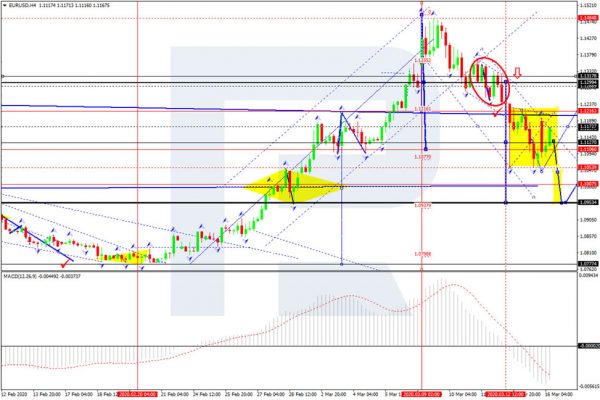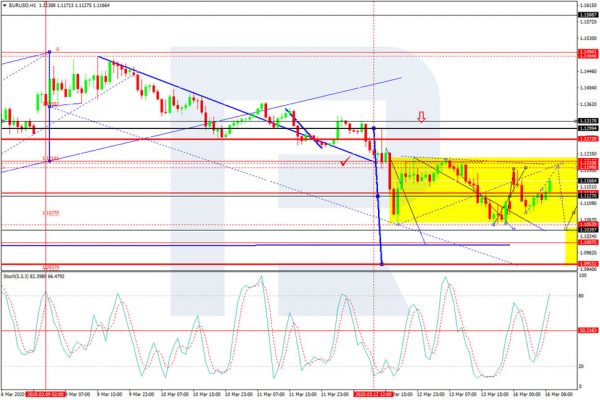On Monday morning, EUR/USD is slowly growing and trading close to 1.1130.
The US Federal Reserve cuts the benchmark rate for the second time this month, down to 0%-0.25%. The meeting where the regulator made the rate decision was unscheduled again, as the scheduled meeting is set for this week. For market players, the rate decision may act as a signal that possible consequences of the coronavirus world-wide transmission might be much more serious than meets the eye.
In the comments that followed the regulator said that the coronavirus pandemic had already done appreciable damage to global economies, including the USA. The virus consequences may have an influence on economic outlook and activity, that’s’ why the rate was cut.
The regulator is planning to keep the rate low up until the moment it is completely sure that the worst aspects of the outbreak are behind.
US President Donald Trump was very enthusiastic about the news and said that it was good for the country’s economy.
As we can see in the H4 chart, after breaking the rising channel and reaching 1.1106, EUR/USD is still moving downwards. If the price resumes growing and rebounds from 1.1212, the downtrend may continue towards 1.0950. However, if the price grows and breaks 1.1212 to the upside once again, it may continue trading upwards to reach 1.1300. From the technical point of view, the “decline” scenario is confirmed by MACD Oscillator: its signal line is moving below 0 inside the histogram area soon, thus indicating a further downtrend.
In the H1 chart, EUR/USD is growing to reach 1.1212 and may later fall towards 1.1127, thus forming a wide consolidation range around 1.1127 with equal chances of continuing either the correction or the downtrend. If the price rebounds from 1.1127 and breaks 1.1212, the correction will continue to reach 1.3000. However, if the price breaks 1.1127 to the downside, the instrument may fall to break 1.1050 as well and then continue moving downwards with the target at 1.0950. From the technical point of view, this scenario is confirmed by Stochastic Oscillator: its signal line is moving above 80 and may soon reverse towards 50. Later, this level may also be broken, thus resulting in further decline.















